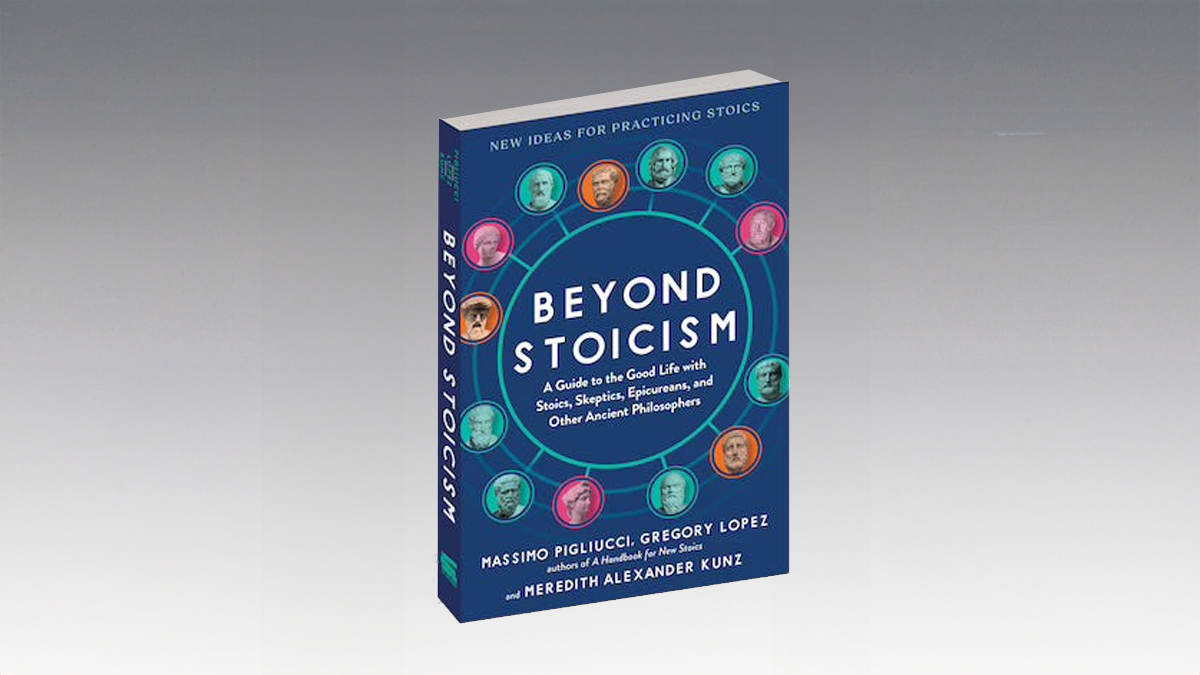Why hardwired “power laws” hold the secret to better work

- Power laws are abundant in nature, from the weather to ocean waves.
- Research shows that hunter-gatherer tribes work following a power law-type pattern.
- Neuroscience researcher Mithu Storoni argues that tapping into these evolved preferences for work and rest could help us be more efficient.
Stone Age Economics, written by the late anthropologist Marshall Sahlins, is a rich anthology of firsthand accounts of hunter-gatherer community life from different corners of the world. The accounts paint a rhythmic pattern of work and rest such that people would work hard for part of the day and then spend a longer time in relative leisure. If a day was spent hunting, it would be followed by a couple of days of repose. Once everyone completed their work, they were not compelled to fill their ample free time doing any more.
Despite the persistent uncertainty and challenges of hunter-gatherer life, there was surprisingly little inclination to spend many hours embroiled in backbreaking work, and intense work dominated no more than short bursts of time. As Czech anthropologist Leopold Pospisil, who did extensive research on the Kapauku people of Papua, describes in Sahlins’s anthology, “Only every other day is supposed to be a working day. Such a day is followed by a day of rest in order to ‘regain the lost power and health.’ ” When their work called for hard labor for longer periods, “they [would] relax for a period of several days, thus compensating for their ‘missed’ days of rest.”
In another account, ethnologist Martin Gusinde describes the hunter-gatherer Yámana people of Tierra del Fuego, South America, in the 1920s: “The Yámana are not capable of continuous, daily hard labor, much to the chagrin of European farmers and employers for whom they often work. Their work is more a matter of fits and starts, and … they can develop considerable energy for a certain time. After that, they show a desire for an incalculably long rest period during which they lie about doing nothing.”
Almost every account in Sahlins’s anthology tells of a rhythmic pattern of working, in which an intense burst of work is followed by periods of lighter work and rest. Such a pattern could be imagined as a kind of power law: a mathematical relationship between two things in which a decrease in one gives rise to an increase in the other according to some power. In this case, as the laboriousness of the work rises, the time spent doing it falls, so the bulk of the time is spent doing moderate to light work. If we plot it as a graph, the power law relationship would look something like this:

This way of working seems to be typical of diverse hunter-gatherer communities, irrespective of geography and independent of external pressures of weather, terrain, or climate. As Sahlins’s work demonstrates, and as anthropologist James Suzman also points out in Affluence Without Abundance, hunter-gatherer communities — even those that still survive today — seem to have an innate propensity to work in this way.
In 2013, an American research group fitted forty-four traditional hunter-gatherers from the Hadza community in northern Tanzania with Global Positioning System (GPS) units as they went about foraging for food in their usual way. Almost half of their foraging bouts followed what is known as a Lévy walk: a power law pattern that roughly translates to walking short distances most often and long distances far less frequently. Perhaps even more intriguing, this pattern of walking was seemingly independent of the features of their environment. In other words, the Hadza hunter-gatherers did not walk in a power law pattern because they needed to; they did so because they chose to. The Hadza are not unique. Other hunter-gatherer societies such as the Me’Phaa of Mexico and the Cariri of Brazil also demonstrate Lévy walk patterns.
The instinct to hunt and forage in a power law pattern may have conferred an evolutionary advantage on our ancestors by making them less susceptible to life-threatening exhaustion and hunger when stranded in remote and alien landscapes. If you have to locate a source of food in the wild with no prior knowledge of the terrain, the most efficient way to do so is by following a power law pattern: if you look for local sources first and venture out on long and exhausting expeditions only when absolutely necessary, you preserve energy for longer. The agricultural revolution and then the industrial revolution ironed over the instinct to behave and work in this way. The uniformity and order necessary for successful agriculture erased all spontaneity and fluctuations. Assembly lines simply continued and amplified this trend.
The blueprint of the instinct to work and behave in bursts, in a power law pattern, however, intractably endures and is even woven into the tapestry of our inner experience. Searching for a memory is a form of foraging for the mind, and the same pattern of foraging seen in the Hadza, the Me’Phaa, and the Cariri emerges in the brain when we scour its shelves for a memory that has long been filed away.
One compelling fragment of evidence for power laws embedded in the brain’s dynamics is seen in newborn mammals. Being awake is labor-intensive for newborn brains, which are encoding new information and galvanizing neural connections at dizzying speeds. Sleep provides respite. Research has found that newborn rats flip randomly between sleep and awake states until they are around two weeks old, when the periods they spend awake start to follow a power law. They are awake for short bouts most of the time, and for long bouts less often — a pattern that will be familiar to parents of infants, who often nap in one‐to‐two-hour intervals throughout the day.
Even adult humans living in a digitalized and predictable urban world seem to want to move and rest in a power law pattern when left to their own devices. Actigraphy studies have shown how we spontaneously pause to rest in between bursts of physical activity in a power law pattern, taking short breaks frequently and long breaks less often.
The power law patterns of the world very likely imprinted themselves upon us during our evolution and inspired power law patterns in our own neural and behavioral dynamics.
If power laws persist across climates and people and lands, if they choreograph how we explore the world around us and the depths of our own minds, if they carve our innate patterns of work and rest, could they also hold the secret to working better with our brains?
In 2006, researchers from Hungary, Portugal, and the United States raked through the archives of the Darwin Correspondence Project, the Freud Museum of London, and the Einstein Papers Project to see if there was a pattern in the way Darwin, Freud, and Einstein — three of the most celebrated minds of the twentieth century — answered their letters. In those days, letters were a form of knowledge work. Many scientists did not work in “laboratories” dedicated to spawning groundbreaking theories; rather, they did such thinking at home, on a writing desk. Profound scientific debates and even a form of peer review took place using the medium of letter writing. Darwin’s frequent letters to friends and colleagues chauffeured his mental voyage toward the theory of evolution.
Had Darwin, Freud, and Einstein replied to each letter as it arrived, there would be no obvious pattern to their letter writing. But this was not the case; the researchers found that there was a pattern. The time interval between receiving a letter and replying to it was often short and only occasionally long. Instead of writing like workers on an assembly line, with letters moving at constant speed on a conveyor belt, Darwin, Freud, and Einstein worked in rhythmic bursts with power law undertones.
Power laws are abundant in almost every facet of our natural environment, from the weather to ocean waves, from craters on the moon to volcanic eruptions, earthquakes, and avalanches. We also inadvertently incorporate power laws into human creations: cities and towns show power laws, as do corporations, features of the internet, and language. The power law patterns of the world very likely imprinted themselves upon us during our evolution and inspired power law patterns in our own neural and behavioral dynamics.





